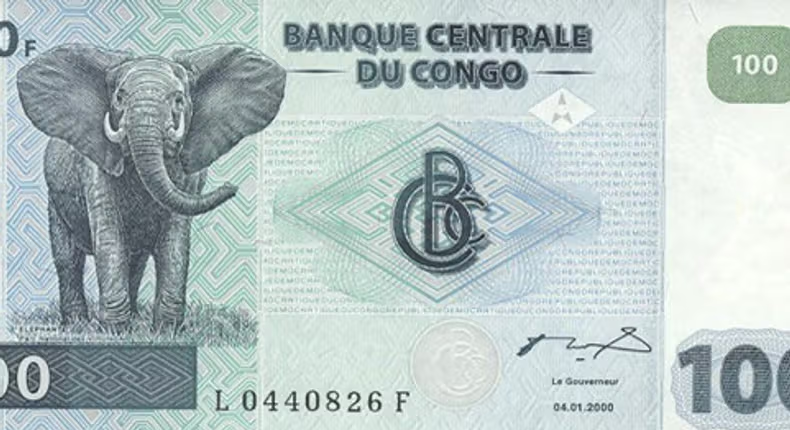Many African currencies are under pressure in September 2025 as inflation, foreign debt repayment obligations, and weakened export revenues take their toll. Countries with heavy import dependence are especially exposed and several are seeing their currencies weaken significantly against major world currencies.
One of the main drivers is inflation. When local prices rise quickly, central banks often respond with higher interest rates or limit money supply, but those measures are frequently undermined by loss of confidence in the currency. Once people expect rapid depreciation, many shift savings into foreign currencies or assets, further weakening the local money.
Another contributing factor is foreign debt burden. Countries that borrowed in foreign currencies must repay in dollars, euros, or other stable currencies. When the local currency loses value, debt servicing becomes costlier, eating into national budgets and often forcing countries to divert resources from infrastructure, healthcare, or social programs.
Trade balance is also key. Export revenues for many African economies have dropped because of falling commodity prices or lower global demand. With fewer exports, there is less foreign currency coming in, reducing ability to import goods and putting downward pressure on the local currency. At the same time imports for fuel, food, and medical supplies remain essential and expensive.
Some of the countries frequently mentioned among those with weakest currencies include Zimbabwe, Sudan, Angola, Nigeria, and Zambia. These economies are dealing with high inflation, political instability, supply chain disruptions, or commodity price shocks. For instance, oil exporters suffer when oil prices fall; non-oil exporters suffer when global demand declines.
Weak currencies have real consequences. They make imported goods expensive, worsening cost of living for ordinary households. They also increase the cost of external borrowing. Savings in local currency lose purchasing power. Businesses that rely on imports or foreign inputs struggle with unpredictable costs. The risk of capital flight increases.
Policy responses vary. Some governments tighten monetary policy or raise interest rates. Others impose currency controls, restrict foreign exchange access, or seek loans from international partners to support reserves. Some pursue structural reforms like diversifying exports or reducing dependence on imports. There is also focus on improving fiscal discipline and curbing corruption to restore investor confidence.
As African economies face global headwinds, the countries with the weakest currencies may be forced to take more drastic actions. Strengthening currencies will likely depend on stabilizing inflation, boosting exports, managing debt, and restoring trust in monetary institutions. For citizens the cost of inaction could be rising prices, lower real incomes, and increased vulnerability.


